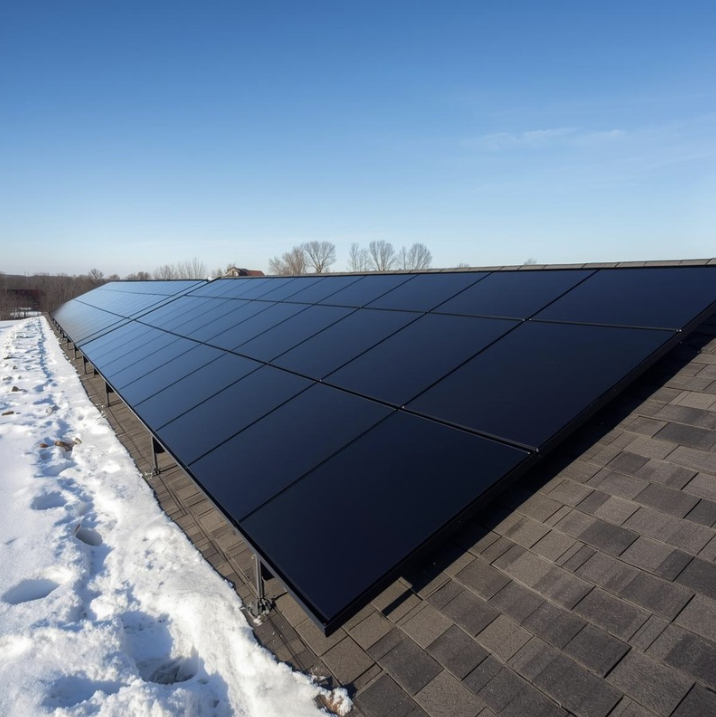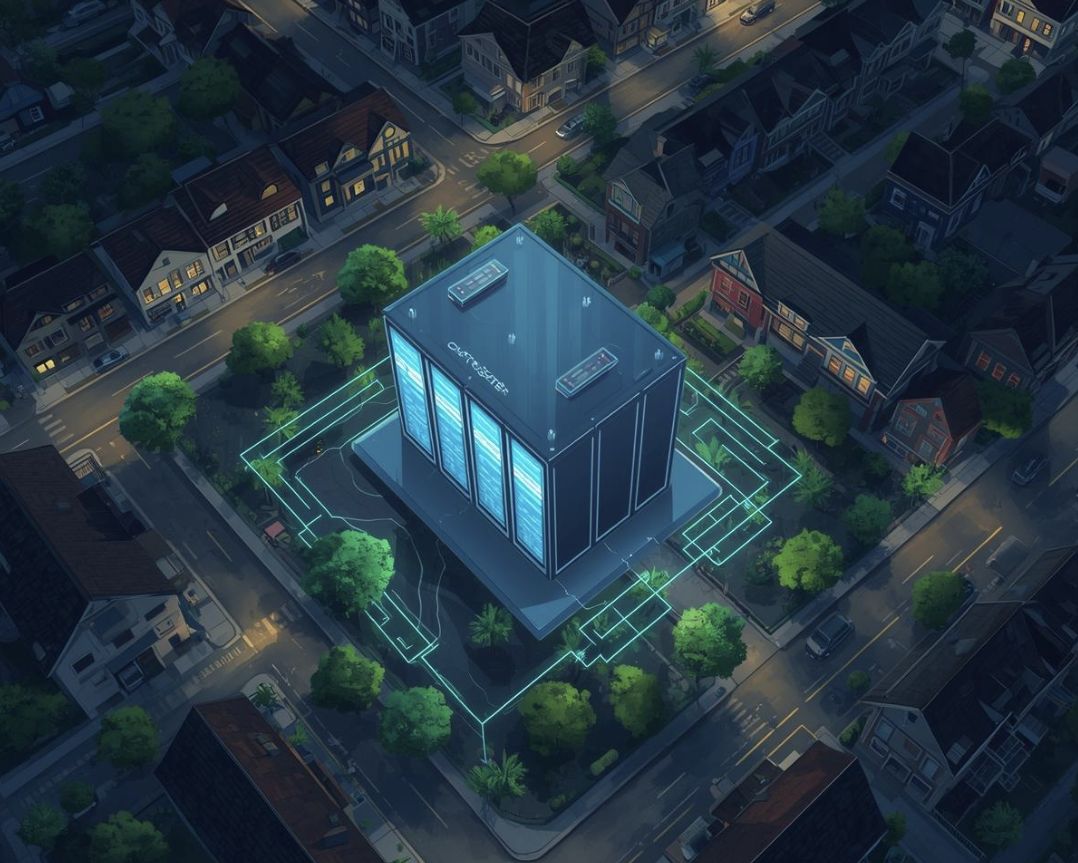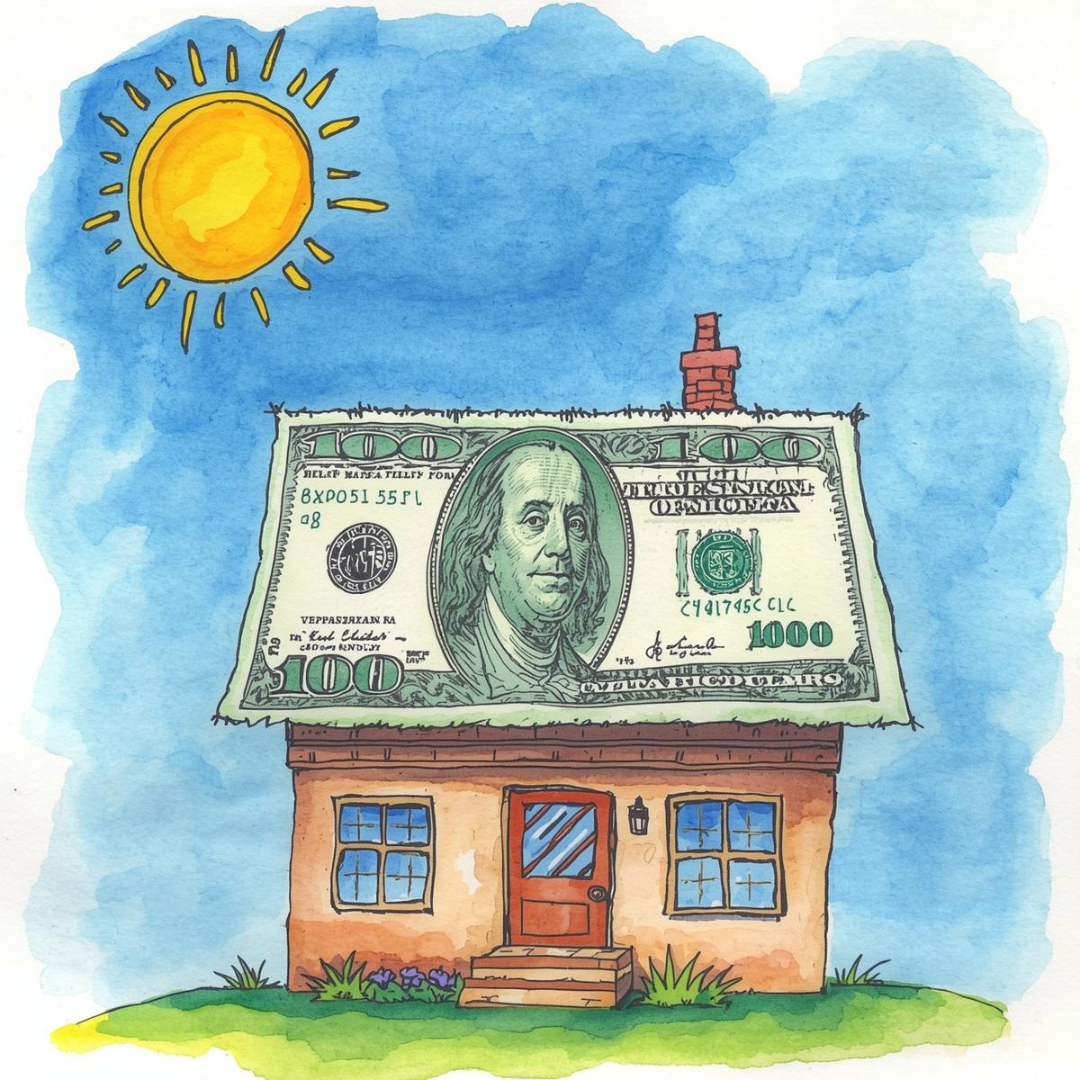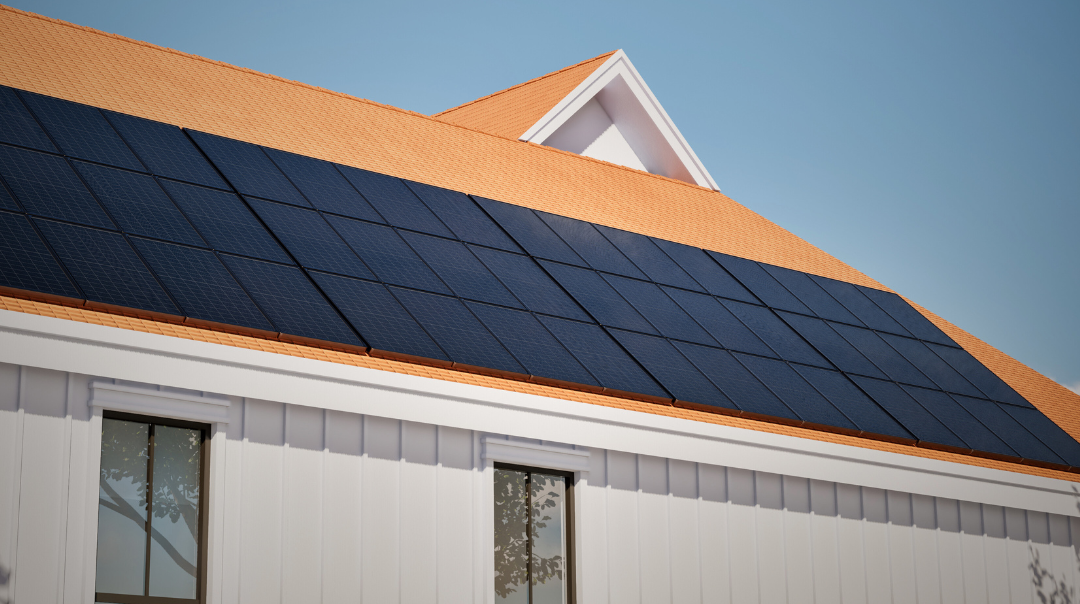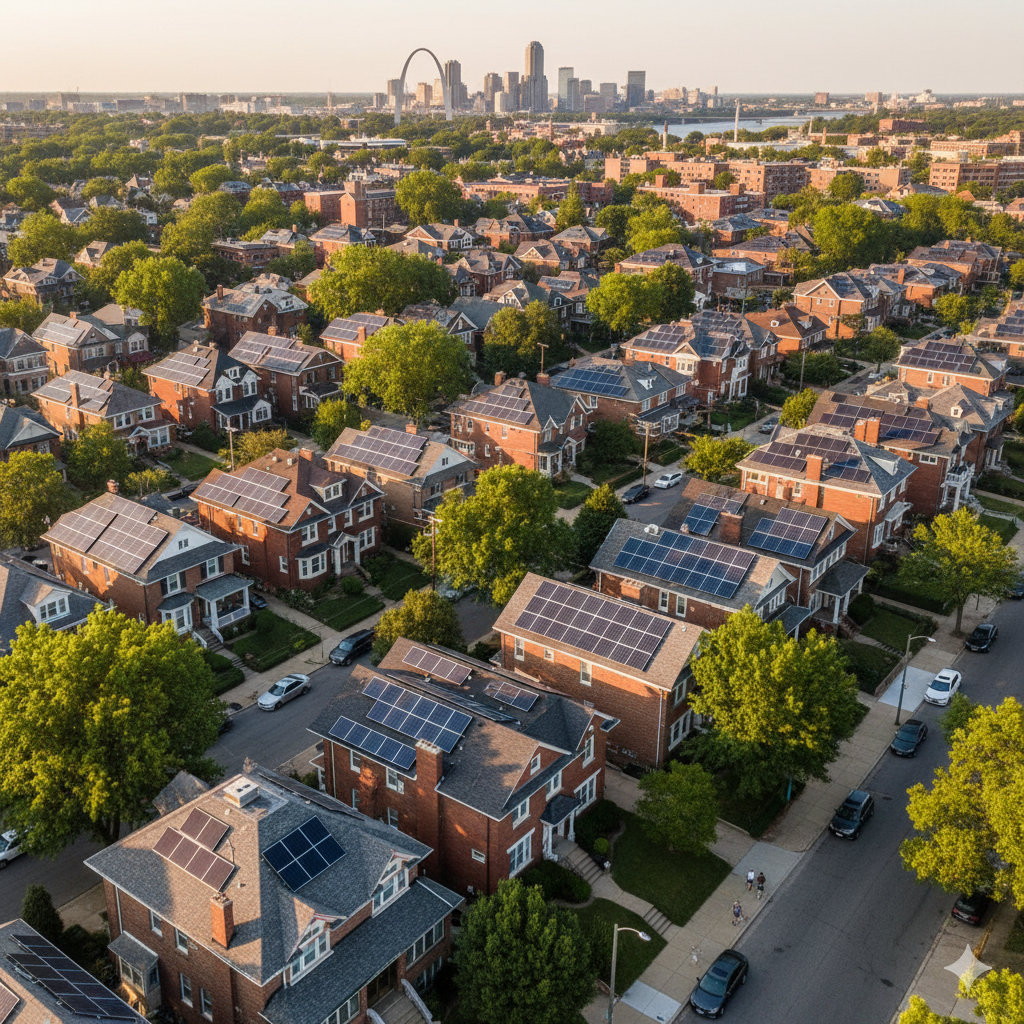The Future of Solar Battery Storage: Pioneering Innovations & Their Impacts
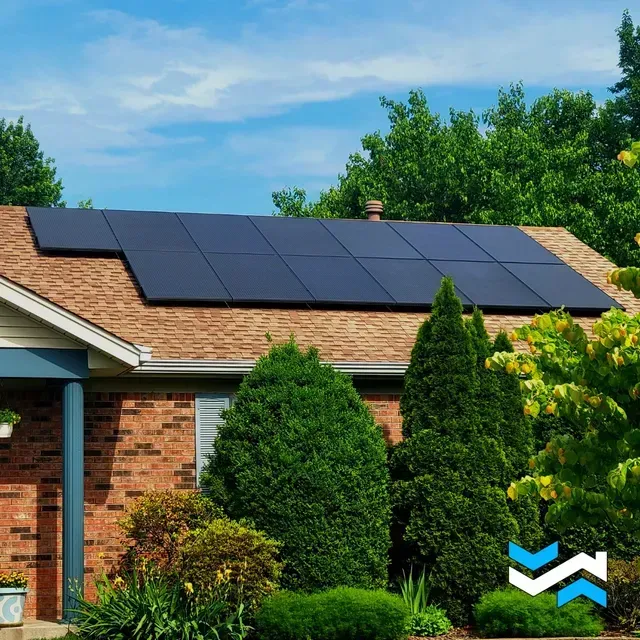
In the ever-evolving world of solar energy, the ability to store power efficiently remains a critical challenge. However, advances in solar battery storage technology are revolutionizing how we harness and utilize solar power, ensuring a more sustainable and reliable energy future.
SunSent Solar is at the forefront of these developments, paving the way for enhanced energy storage solutions, which is why our experts have collected this insightful guide for you here.
The Evolution of Solar Energy Storage
Solar energy storage began with lead-acid batteries, which had numerous limitations. Then, lithium-ion batteries were invented and provided a significant leap forward, offering greater efficiency, longer lifespan, and many more benefits. Since then, these batteries have become the foundation of modern solar energy systems when it comes to energy storage.
Flow batteries represent another newer battery type that, unlike traditional ones they store energy in liquid electrolytes, enabling scalable and longer-lasting energy storage solutions. Flow battery technology is ideal for large-scale applications.
Current Breakthroughs in Solar Storage Technology
In addition to the more common solar energy storage batteries mentioned above, there are new batteries that are transforming the solar landscape such as graphene-based batteries, known for their superior energy density and rapid charging capabilities. They can significantly enhance the efficiency of solar energy systems, making them more reliable and cost-effective.
Vanadium flow batteries are another innovation that’s gaining traction for more commercial purposes. The integration of Artificial Intelligence (AI) into solar storage systems is also a game-changer. AI manages storage systems more efficiently, optimizes energy usage, and predicts demand, providing a reliable supply of energy even during times of peak demand.
The Environmental & Economic Impact
Advanced solar battery storage technology reduces our reliance on fossil fuels, thereby cutting greenhouse gas emissions and combating climate change. Additionally, it drives down the cost of solar energy, making it more economical and accessible for the average homeowner and business.
These advancements not only create jobs and stimulate innovation but pave the way for a more sustainable economy. As solar energy becomes more reliable and affordable, its adoption increases, further driving economic growth and environmental benefits.
The Future of Solar Energy Storage
Emerging technologies are set to make solar power more efficient, reliable, and integrated into our daily lives. With such advancements homeowners and businesses can become energy-independent and live without reliance on local energy grids. There are also many different incentives available when switching to solar that offer a quick return on your investment and make installation costs cheaper.
Contact us for solar battery storage solutions & more!
By embracing these technologies, we can harness the full potential of solar power, creating a brighter, more sustainable future for all. Join SunSent Solar on the path to revolutionize the way we store and use solar energy.
We specialize in residential solar installation and more throughout Missouri, Illinois, and St. Louis, so contact us online today @info@sunsent.com today to learn more about how to own your own energy.
